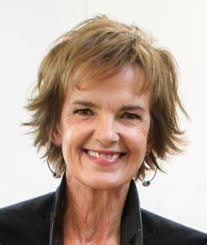Sir David Attenborough’s record-breaking Nature documentary reveals the devastating effects of bottom trawling on our oceans
Bottom trawling is a disaster for fish stocks, but it also releases previously stored carbon back into the atmosphere.
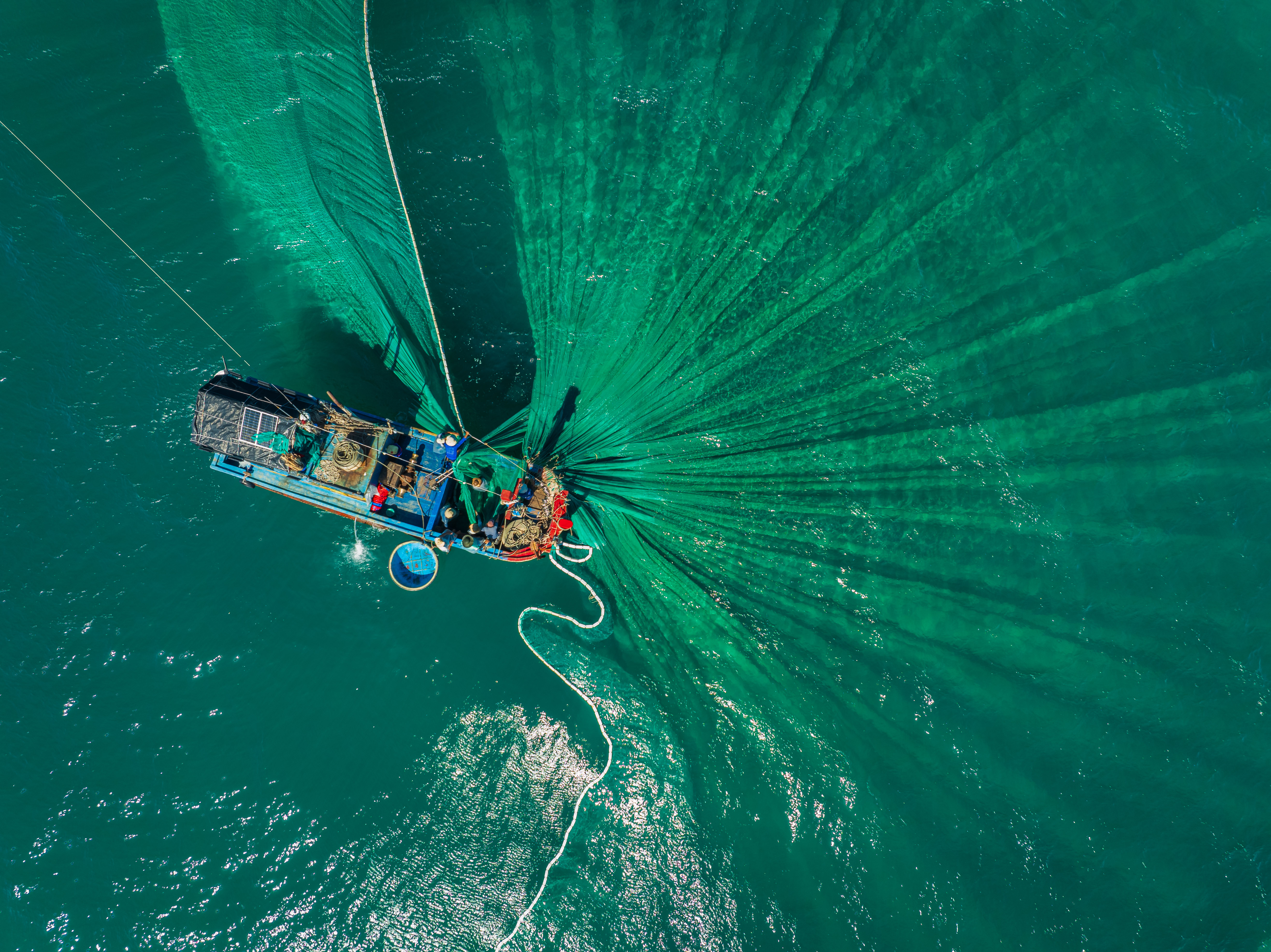

In his latest blockbuster, Ocean, Sir David Attenborough reveals the brutal reality of bottom trawling: a camera tracks a 30 ton metal net, weighted by doors and chains, as it scours the seabed at terrifying speed, hoovering up everything in its path. Unwanted fish – bycatch – are later discarded, often dead or dying. A 2022 study by the World Wildlife Fund concluded that of all the fish discarded in the EU, 92% were caught by bottom trawling.

The revelatory footage is shocking, but voices have been raised for many years in protest at the destruction caused by this method of fishing which targets fish such as cod, pollock and hake that live on the seabed. In 1866 a royal commission heard from fishermen complaining that trawling ravaged fish stocks. Back then it was done from 40ft wooden boats with nets a few metres wide; as boats and machinery got bigger and more sophisticated fish stocks continued to fall. In his 2012 book Ocean of Life, biologist Callum Roberts notes: ‘For every hour spent fishing today, in boats bristling with the latest fish-finding electronics, fishers land a mere 6% of what they did 120 years ago.’
But fish stocks are not the only casualty; by ripping up the sea floor bottom trawling releases plumes of stored carbon into the water and eventually into the atmosphere. According to a 2024 study by an international team of climate experts, the amount of carbon dioxide released into the ocean from bottom trawling is similar to the annual emissions from global aviation.
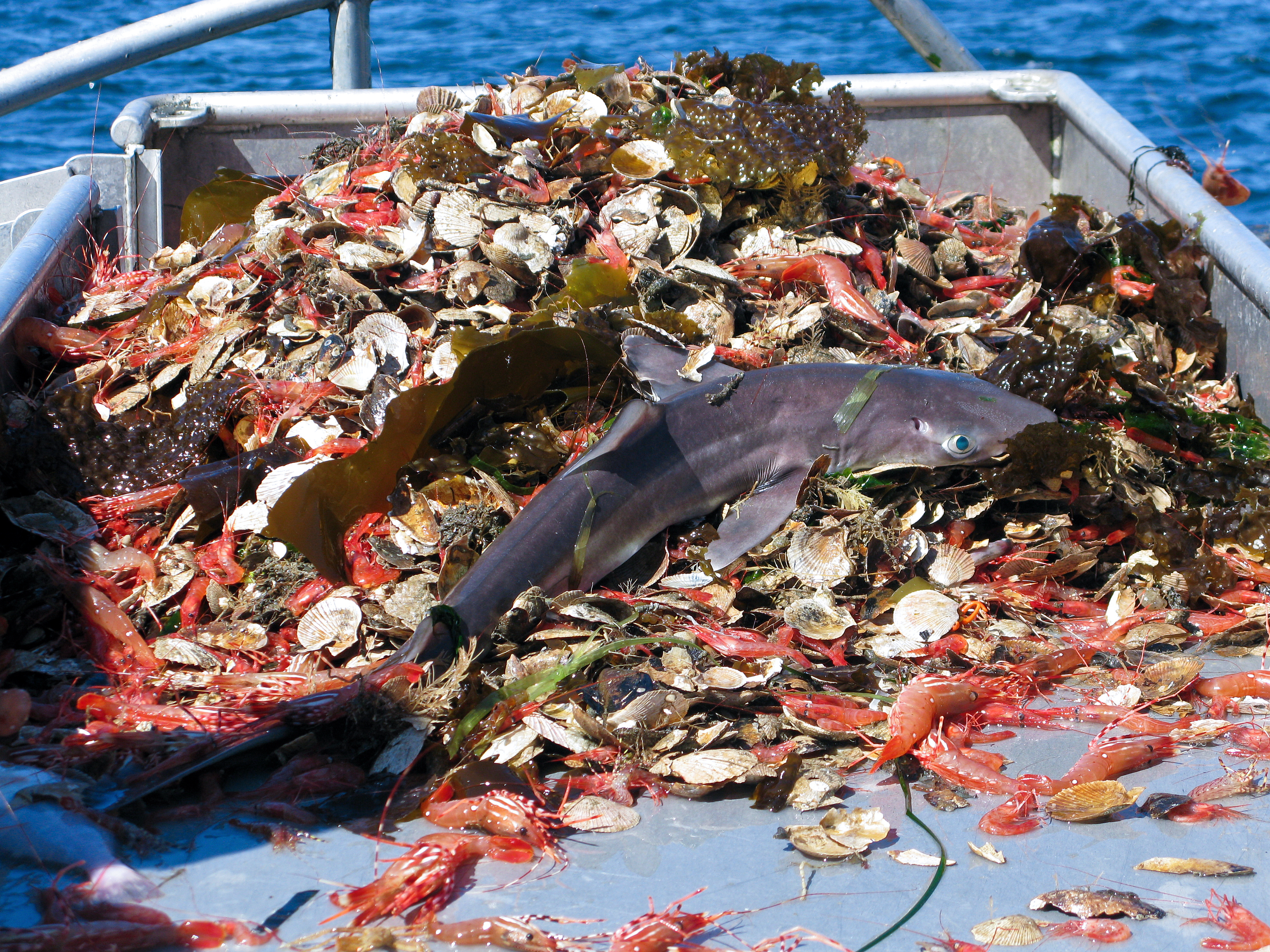
It is estimated that between 63 to 273 million sharks are the victims of bycatch every single year.
As well, between 40% and 45% of carbon dislodged by trawling remains in the water, leading to acidification of coral reefs and creatures with shells which struggle to breathe because of reduced oxygen. Dr Enrik Saler is the National Geographic explorer in residence and a member of the study team: ‘Tackling these [emissions] is critical to slowing the warming of the planet… Right now countries don’t account for bottom trawling’s emissions in their climate action plans.’ This seems astonishing and something that COP26 will surely have to engage with.
At the UN Ocean Conference in Nice, France, in June, member states will reiterate a principle to protect 30% of oceans from destructive fishing by 2030. But such schemes require policing to prevent widescale poaching of protected areas, otherwise they are what conservationists dismiss as ‘paper parks’. Marine Protected Areas (MPAs) are designed to limit damage to sensitive habitats such as reefs and sea grasses, and to rebuild threatened fish stocks. Yet a report in March 2024 revealed that bottom trawling is still happening in 90% of all offshore areas. Currently only 3% of MPAs are in the ‘highly protected’ category.
Under its blue label scheme, the Marine Stewardship Council (MSC) certifies fish caught by approved methods. It states: ‘Bottom trawling is an efficient way to catch large quantities of fish and shellfish living on the sea floor, which are needed to feed a growing global population. Around a quarter of all wild-caught seafood is caught via this method every year.’
We asked George Clark, programme director for MSC UK and Ireland, how he could defend bottom trawling. ‘Although impactful it can be managed responsibly,’ he argued, ‘there are numerous examples of fisheries improving practice as a result of MSC scrutiny.’
Exquisite houses, the beauty of Nature, and how to get the most from your life, straight to your inbox.
It is also more affordable and the overwhelming majority of retailers sell bottom trawled fish. Often, only the more high-end, small stockists can be trusted and it’s typically to avoid the massive cod and hake — usually from Iceland or China, and frozen — import fees.
Footage from the Ocean film was indeed dramatic, Clark agrees, ‘but fisheries also use cameras to assess the impact of their practice and adjust their gear to avoid certain fish or give them an escape route.’
‘Fish is an expensive protein — a move to lower impact, small-scale fishing would rule out the opportunity for many people to eat and enjoy fish.’
Jane Wheatley is a former staff editor and writer at The Times. She contributes to Country Life and The Sydney Morning Herald among other publications.
-
 18 country houses across Britain, from £400,000 to £4 million, as seen in Country Life
18 country houses across Britain, from £400,000 to £4 million, as seen in Country LifeOur look at the homes to come to the market via Country Life this week picks out a charming Kent cottage and an Arts and Crafts house in Leicestershire.
-
 The greatest flowers make the greatest art
The greatest flowers make the greatest artA search for still-life subjects led Kate Friend to some of the greatest gardens and gardeners in the country
-
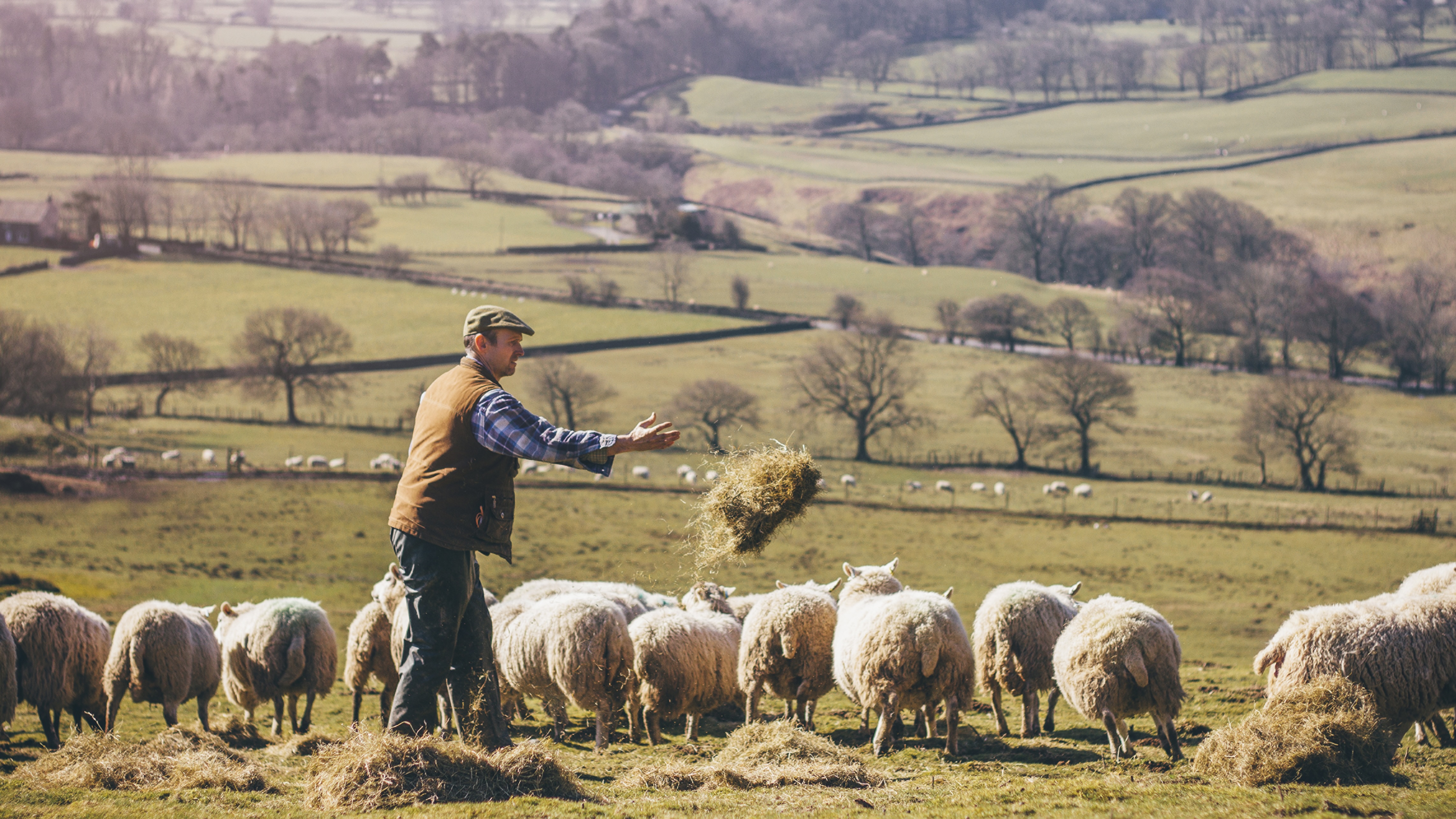 I was Jeremy Hunt’s main political adviser and helped put together multiple Autumn Statements and Budgets. This is what I think Rachel Reeves’s Budget means for the countryside
I was Jeremy Hunt’s main political adviser and helped put together multiple Autumn Statements and Budgets. This is what I think Rachel Reeves’s Budget means for the countrysideAdam Smith, former chief of staff to the Chancellor of the Exchequer, reflects on what last week's Budget means for the countryside and how we ensure the rural voice is heard loudly inside Budget preparations.
-
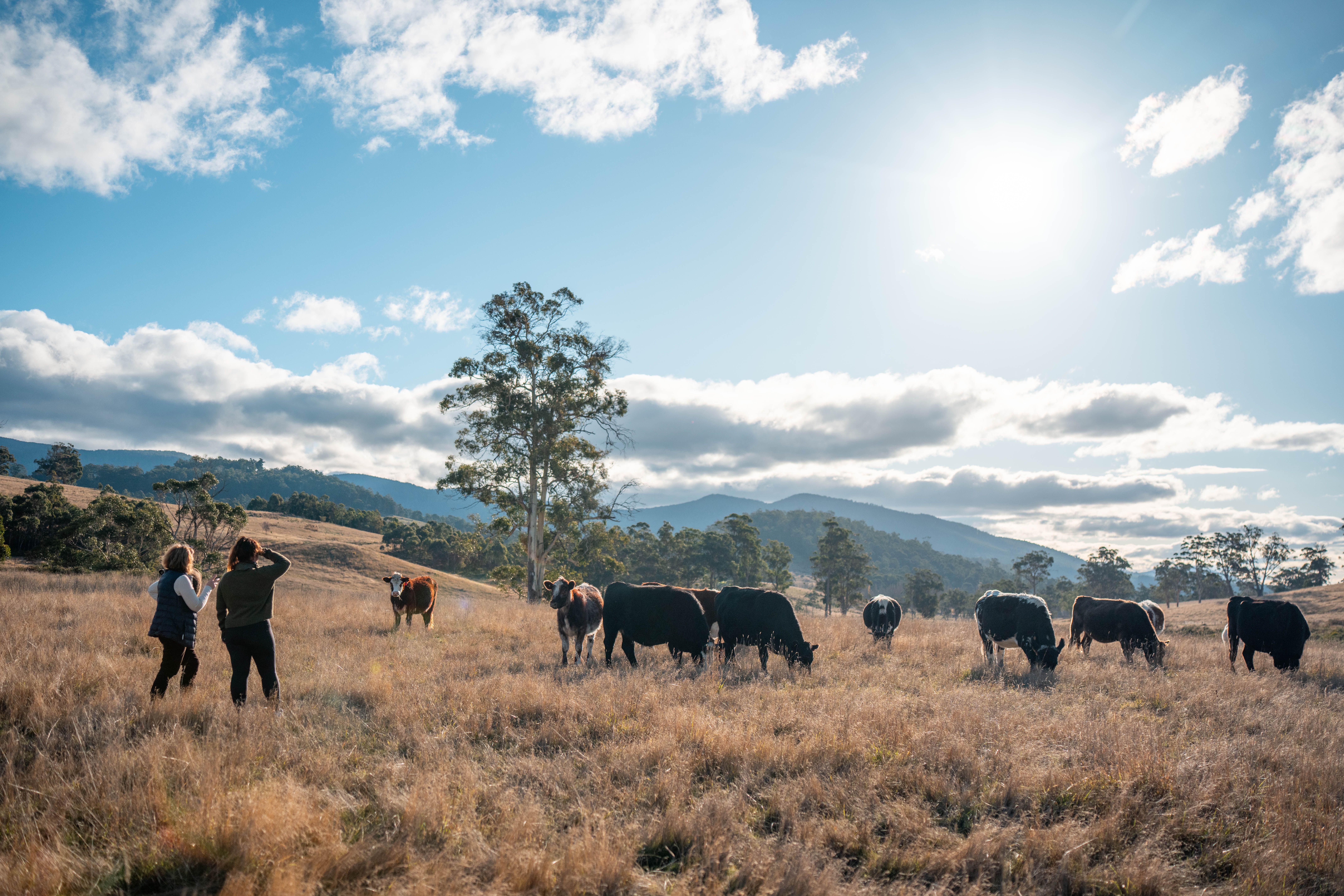 The Budget: What do we need to fix a broken countryside, and what will we get?
The Budget: What do we need to fix a broken countryside, and what will we get?With the Autumn Budget looming, countryside and heritage organisations reveal what they are hoping to hear to fix the turmoil — and what they are dreading
-
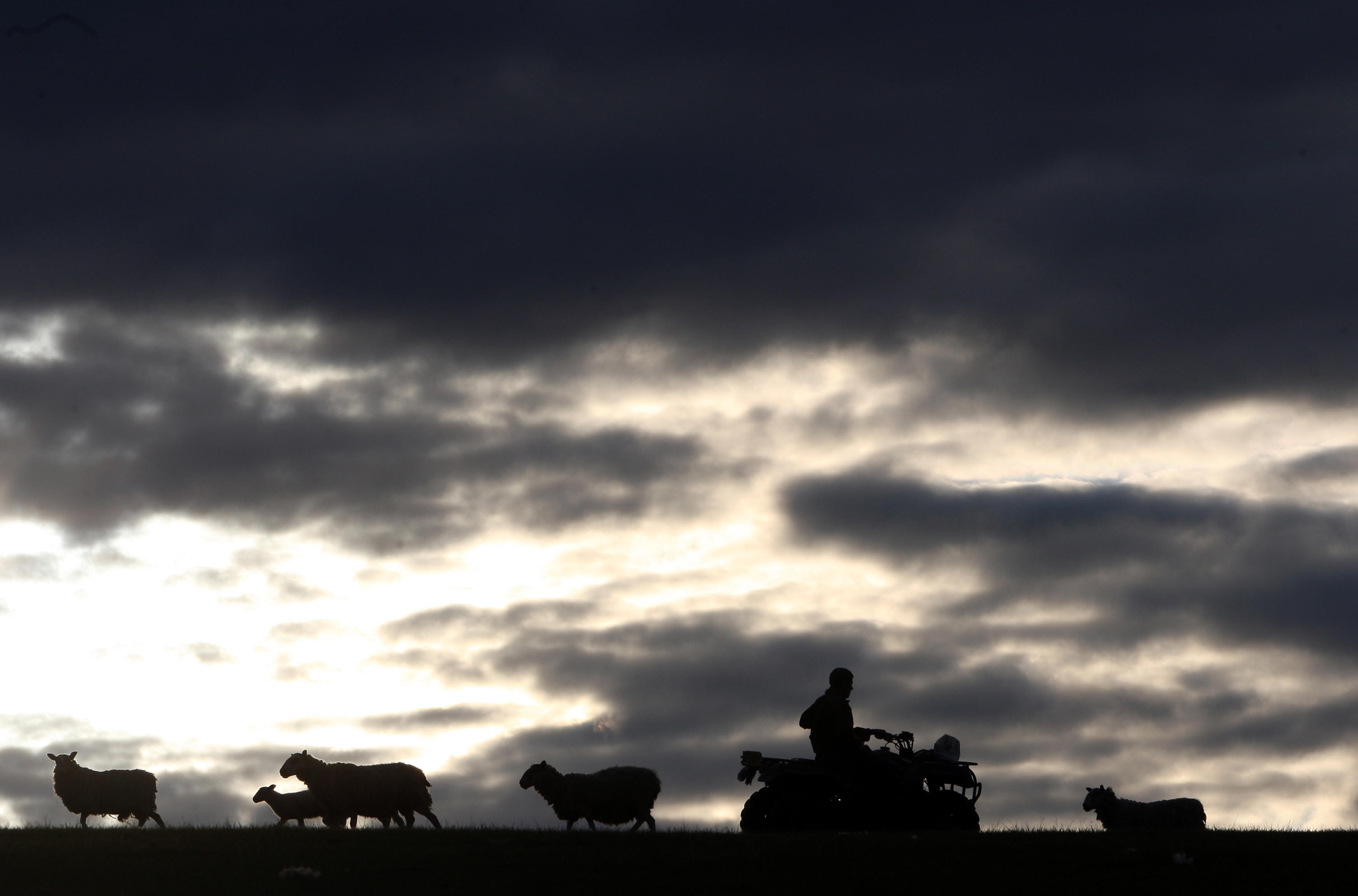 'I’m going to be the first in more than 100 years to sell anything off': How the upcoming budget uncertainty is impacting young farmers
'I’m going to be the first in more than 100 years to sell anything off': How the upcoming budget uncertainty is impacting young farmersChanges to inheritance tax, property relief and Defra budgets will likely change Britian's rural landscape. We ask the next generation of farmers what they think their future will look like.
-
 An unfenced existence: Philip Larkin's love of the countryside
An unfenced existence: Philip Larkin's love of the countrysideRichard Barnett pokes at Larkin’s protective carapace of soot-stained gloom and finds a writer with an unillusioned yet tenderly perceptive sense of Nature, in all its beauty and indifference
-
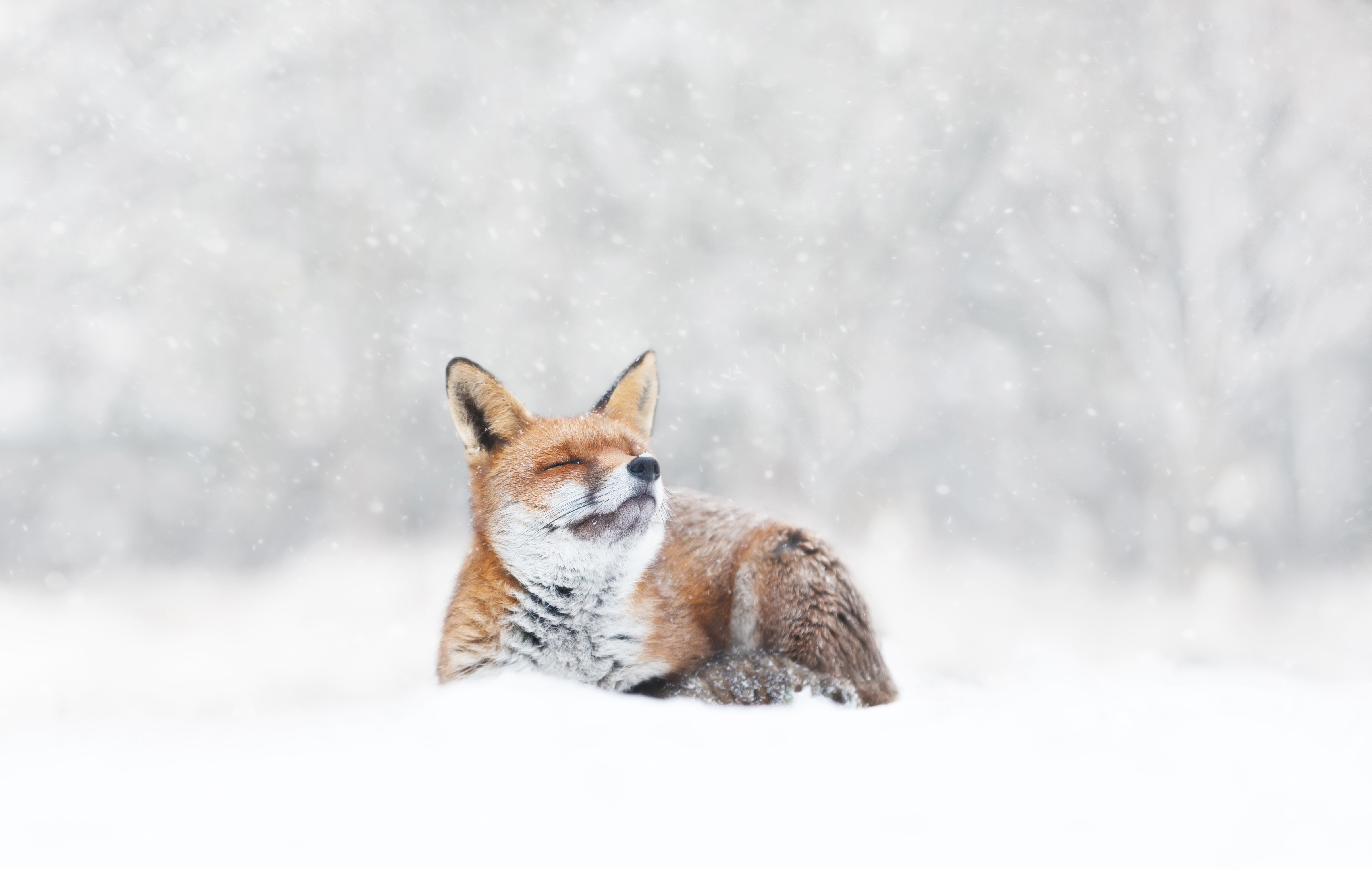 Baby, it’s cold outside (even if you have a natural fur coat): How our animals brave the winter chill
Baby, it’s cold outside (even if you have a natural fur coat): How our animals brave the winter chillWhen the temperature drops, how do Britain’s birds, beasts and plants keep the cold at bay? John Lewis-Stempel reveals Nature’s own thermals.
-
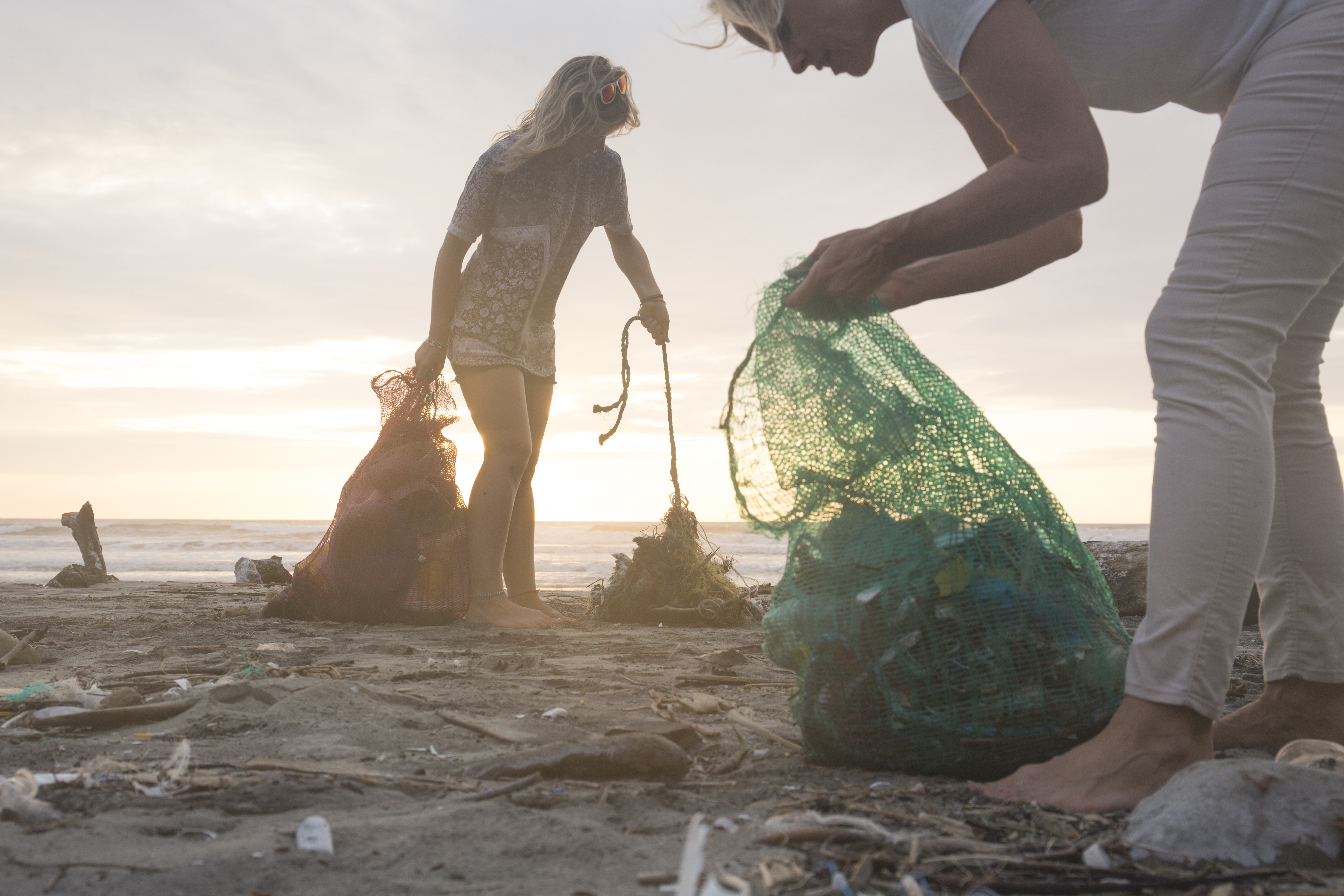 Retro rubbish: Waste from the 90s unearthed in 97-mile-long beach clean
Retro rubbish: Waste from the 90s unearthed in 97-mile-long beach cleanThe 6,482 volunteers unearthed waste discarded decades ago among the 232,229 pieces of litter recorded during the initiative.
-
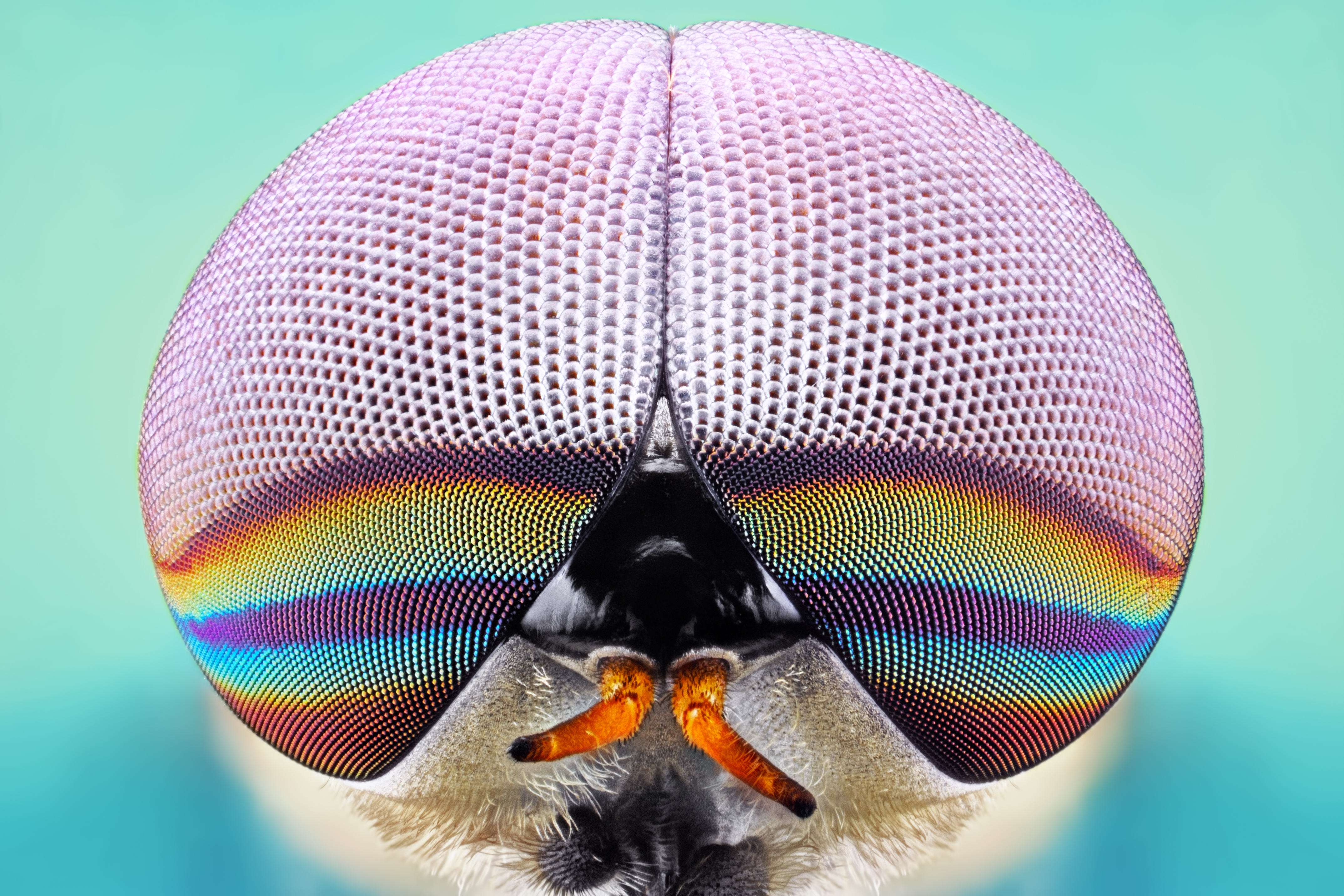 Dangerous beasts (and where to find them): Britain's animals that are best left alone
Dangerous beasts (and where to find them): Britain's animals that are best left aloneJohn Lewis-Stempel provides a miscellany of our otherwise benign land’s more fearsome critters.
-
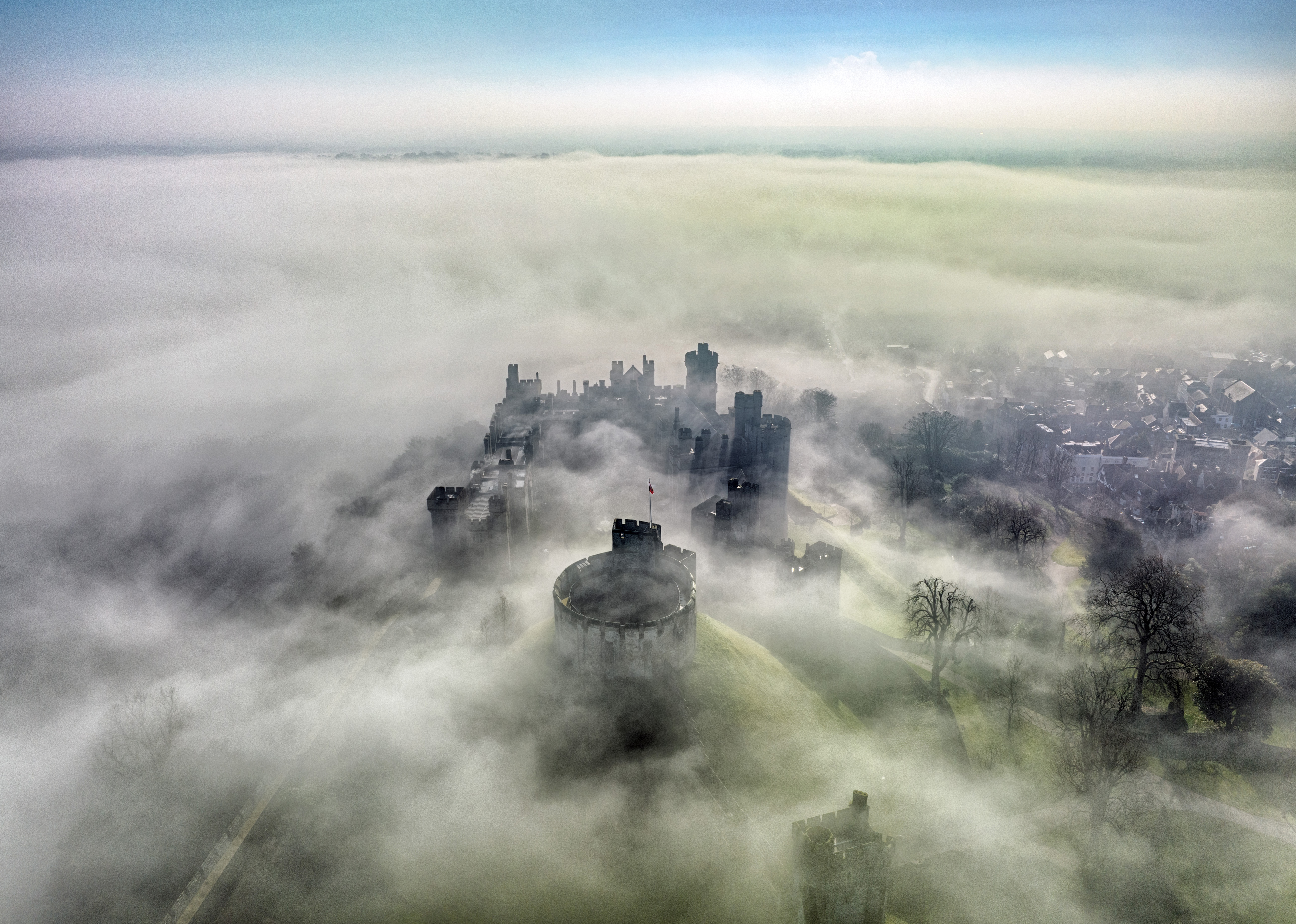 Mystery, muse and metaphor: There's more to fog than meets the eye
Mystery, muse and metaphor: There's more to fog than meets the eyeSmothering, transformative and beautiful, fog’s close-set shroud has inspired titans of literature, cinema and art — and forces the rest of us to look at the world a little closer.
